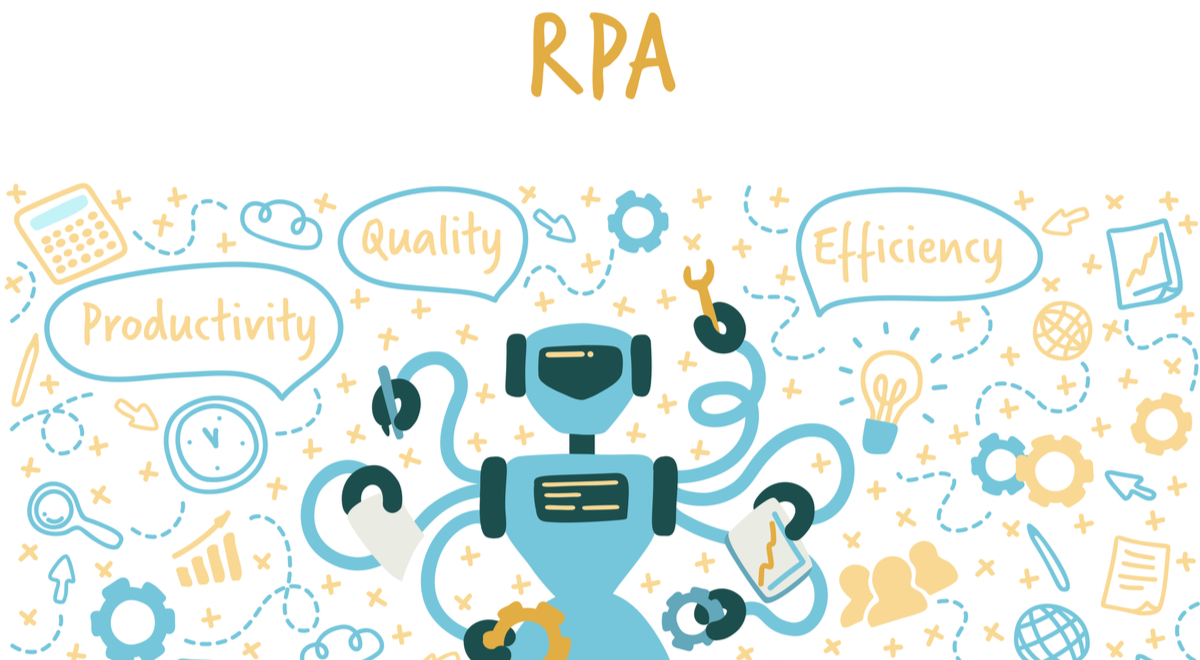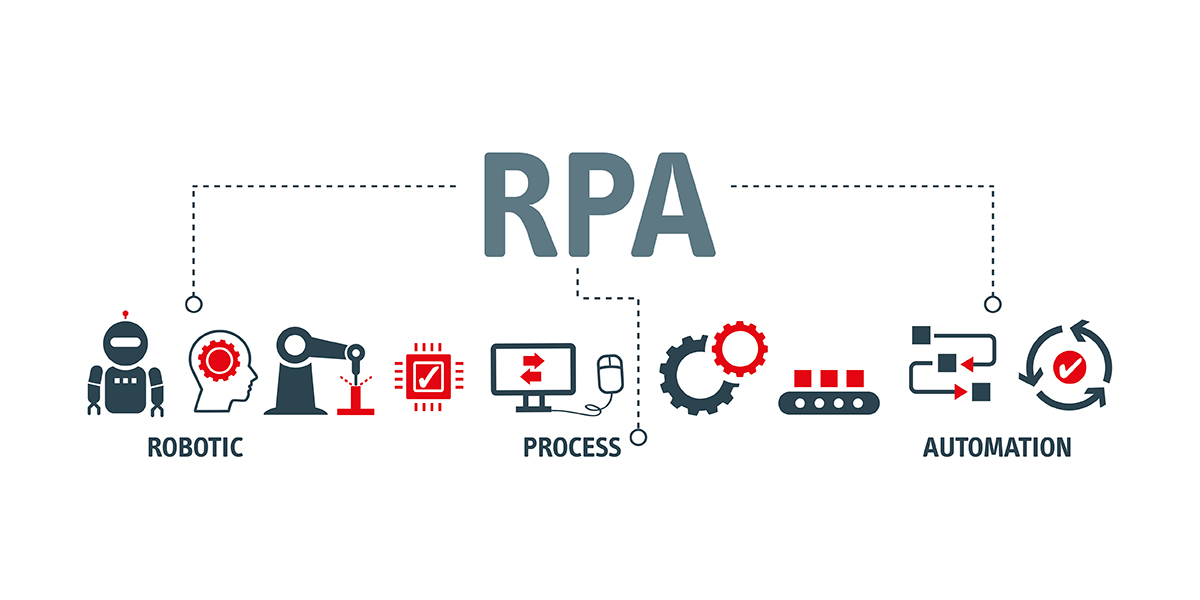Robotic Process Automation (RPA) is considered ‘a hot item’ in the era of digital transformation. However, there is still a lot of ambiguity when it comes to RPA: What can you do with it? What does it mean for your people? And how complicated is it? In this blogpost we’ll answer some of those questions.
It’s common for companies to always keep searching for ways to improve internal processes and make them more efficient. RPA offers an intelligent way to achieve that. Simply said, RPA is software specifically written to take over and automatically execute a process that is usually done by an employee. An example of this is time sheet registration; every week, an employee that has to enter all written hours from employees in one document. That task can be covered with RPA.
Robot versus employee?
With RPA you take away repetitive tasks from your employees; tasks that are often considered ‘boring but necessary’. Tasks that are prone to errors. By using RPA, you can reduce the risk of errors because the robot follows a standard procedure. Unlike an employee, it will never deviate from it. So will Robotic Process Automation replace your employees? Definitely not. It simply takes over common time consuming tasks, so those employees can focus on other things. They can focus on tasks that provide them with a challenge, with more energy. This is something everyone benefits from.
What do you use RPA for?
Virtually any digital process that consists of a standard operating procedure, can be executed with RPA. The first things that usually come to mind are office tasks, like placing orders and sending invoices. Streamlining and automating these processes as much as possible will result in company profits, especially when your organisation has multiple locations or subsidiaries. One of our clients, Topbakkers, oversees 65 bakeries. We implemented an RPA-solution for them, so that all bakeries can place their orders through one central platform and automated procedures. We’re talking about millions of orders per year.
But even more complicated and business critical processes can be automated with RPA. In the banking and financial sector, for example, it is essential to be able to move large amounts of files quickly, accurately and safely. This was something the Volksbank was looking for and we were able to help them with, by implementing AutoMate.
But I’m not a programmer!
That was one of the challenges that Volksbank was facing. Before AutoMate was implemented, file transfers at Volksbank were done with so-called DOS scripting. But DOS files have limited capacities, and it is difficult to integrate new features in pre-existing scripts. What contributed to the problem was the fact that it was an outdated way of scripting that is no longer taught to newer generations of graduates. This made it difficult to find people to manage these scripts. But with AutoMate, this knowledge is not required.
Programming without code
AutoMate replaces batchfiles, scripts and custom application development. AutoMate makes it possible to replace IT processes without writing a single line of code. This can be applied to both office and business critical tasks. In other words, you don’t have to be a programmer to take advantage of RPA!
Would you like to find out how our AutoMate solutions can help you to succesfully use RPA within your organisation? Or would you like to know more about Robot Process Automation and its benefits? Feel free to contact us.




